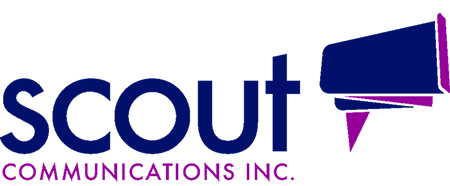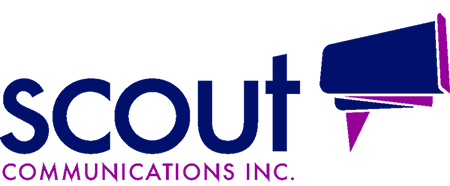Almost every organization needs to advocate with stakeholders – government and others. That requires strategic, thoughtful communications. The federal election will determine who forms the next government so it’s a great time to tune in. Scout Communications is here to help assemble and execute your post-election game plan to achieve your goals with expert advocacy communications.
From now until election day you will hear about the latest and greatest polls. Versions will pop up weekly from various sources. These polls are meant to give voters a snapshot of where each party is positioned in the standings at that point in the election race.
Why do polls grab our attention?
Already this week, polling results are figuring in conversations with colleagues, friends and neighbours. Signs of one party’s increasing momentum has some voters excited while others express anxiety and concern over the same signs of changing levels of support.
Polls are undertaken for a number of reasons. Their influence on campaign strategy and tactics varies. A lot depends on who commissioned the poll in question. Some polls are intended to drive votes for parties and candidates leveraging individual voters’ responses to the snapshot of the standings. Maybe people will be motivated to bolster the underdog or jump on the bandwagon of the leading team.
Polls make for good headlines and people tune in because we all want to know who’s up and who’s not. But ultimately the source and the motivation for creating the poll often influences those outcomes. That’s not to say there aren’t non-partisan, well intended pollsters out there. There are. However, predicting the outcome of an election race with accuracy at any one point in time is extremely difficult. Even pollsters themselves will say identifying the right set of voters to poll is challenging in today’s environment.
Technology, as with most things, has changed polling dramatically. It affects the volume of polls generated and the type of data that is gathered.
Traditional polling methods relied on phone calls to the homes of constituents and a list of questions. Today’s virtual obsolescence of the home phone and limited ability to pin-point voter locations with cell phone lists has changed all that.
Polling now uses online surveys to bolster traditional calling. This form of outreach poses geographic challenges and can deliver a new margin of error based on anonymity and/or out of country responses.
How to Assess Polling News?
So what should a business owner do when faced with news about polling?
First, read the news with a critical eye. Look for the background on who commissioned the poll? How was the data collected? What is the stated margin of error? Knowing these key points will help you discern if the poll is interesting and useful as an indicator of where support is moving in the election or if it’s merely designed to grab a headline.
Second, remember that the election period runs until September 20th. A lot can and will change between now and election day. Political people will tell you that a week is a lifetime during a campaign. Polls by their very nature, measure support at any given time. We must place the results in that context.
Third, as a business owner, polling data doesn’t change the way you operate your business or affect your interest in the election. Polls are unpredictable – and even pollsters will tell you about the difficulties of predicting election outcomes with any accuracy.
It’s still a good idea to follow the campaign news but watch the polling results with a healthy dose of “interesting but perhaps not important.” Instead, invest the most time familiarizing yourself with the election platforms of the major parties and preparing to work with whoever is elected as your local representative(s).
With extensive experience managing policy issues and successfully advocating for government policy changes, Scout Communications helps you harness the power of communication to achieve your objectives. Let’s have a conversation on how Scout Communications can drive outcomes. Contact us today.

